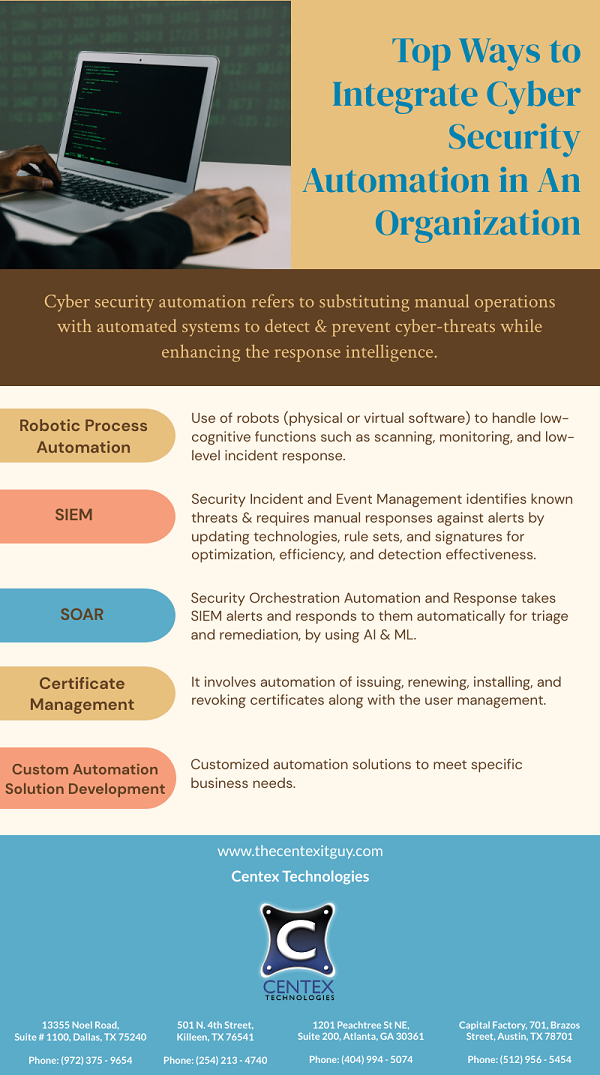When a cyberattack strikes, organizations face a critical challenge: how to effectively communicate with stakeholders amidst chaos and uncertainty. It is important to manage communications during a cyberattack, emphasizing the need for clear messaging, proactive outreach, and a strategic approach to maintain trust and minimize reputational damage.
Here are some tips on managing communications during a cyberattack:
- Prompt response: Act swiftly to acknowledge and respond to the cyberattack. Delayed or inadequate communication can lead to speculation, misinformation, and further damage to your organization’s reputation. Establish a designated incident response team to handle communications during the incident.
- Gather accurate information: Before communicating externally, gather all relevant facts about the cyberattack. Understand the scope, impact, and potential risks associated with the incident. Ensure you have a clear understanding of what happened, how it happened, and what steps are being taken to mitigate the situation.
- Internal communication: Start by informing key internal stakeholders, including executive leadership, IT teams, legal counsel, and relevant departments. Clearly communicate the incident’s impact, the actions being taken, and any immediate steps employees should take, such as changing passwords or refraining from certain activities.
- External communication plan: Develop a comprehensive external communication plan to ensure consistent messaging across different channels. Identify key spokespersons who will represent your organization to the media, customers, partners, and other stakeholders. Clearly define roles and responsibilities within the communication team.
- Transparent and honest communication: Be transparent about the cyberattack without disclosing sensitive details that could aid further attacks. Provide regular updates as new information becomes available, ensuring the tone of your communication is calm, empathetic, and focused on resolution. Avoid speculation or making promises that cannot be kept.
- Tailor messages to different audiences: Understand your target audiences and craft messages that address their specific concerns and needs. Tailor communication for customers, partners, employees, shareholders, regulatory bodies, and any other relevant stakeholders. Consider the potential impact of the incident on each group and provide appropriate guidance and support.
- Leverage multiple communication channels: Utilize various communication channels to disseminate information effectively. This may include press releases, email notifications, social media updates, website banners, direct customer communications, etc. Consistency in messaging is crucial across all channels.
- Engage with media: Prepare a designated spokesperson to address media inquiries and provide regular updates. Provide media outlets with accurate information and try to manage the narrative by proactively sharing updates. Avoid speculations and stick to verified facts.
- Address concerns and offer support: Anticipate the concerns and questions your stakeholders may have and address them proactively. Provide guidance on actions they can take to protect themselves, such as changing passwords or monitoring financial accounts. Offer support channels for affected parties to seek assistance or report any suspicious activity.
- Learn and improve: After the incident, conduct a thorough analysis of the cyberattack and the communication efforts. Identify areas for improvement, document lessons learned, and update incident response plans and communication strategies accordingly.
Effective communication during a cyberattack is critical for maintaining trust and minimizing the impact on your organization’s reputation. By being transparent, proactive, and empathetic, you can help mitigate the consequences and demonstrate your commitment to resolving the situation.
For information about cybersecurity solutions, contact Centex Technologies at Killeen (254) 213 – 4740, Dallas (972) 375 – 9654, Atlanta (404) 994 – 5074, and Austin (512) 956 – 5454.

